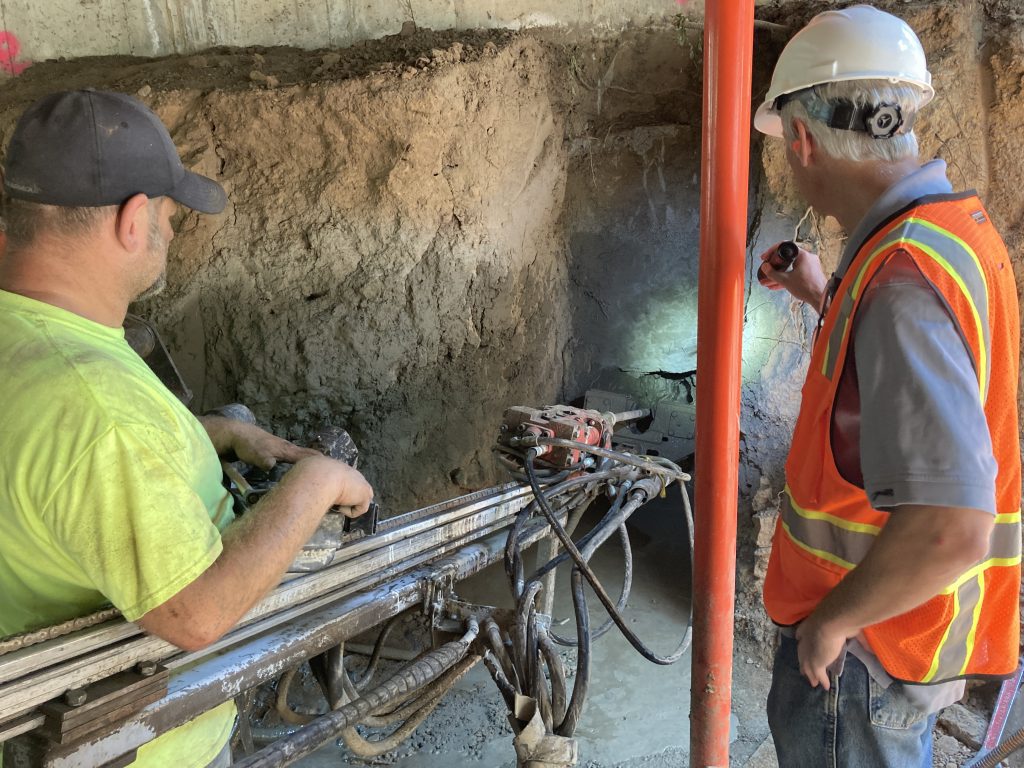The Crucial Role of Geotechnical Engineering in Earthquake-Prone Areas
Living in an earthquake-prone region necessitates a heightened awareness of safety and preparedness. This extends far beyond personal precautions and disaster response plans. The very foundations upon which we build our homes, workplaces, and critical infrastructure play a vital role in withstanding the forces unleashed by an earthquake.
This is where the field of geotechnical engineering steps into the spotlight. Geotechnical engineers are the unsung heroes who ensure the stability of structures by analyzing soil conditions and designing earthquake-resistant foundations. Their meticulous work forms the bedrock of safety in earthquake-prone areas.
The Earthquake Threat: Understanding Soil Behavior
Earthquakes occur when tectonic plates, massive slabs of the Earth’s crust, shift or collide. This sudden movement releases tremendous energy that travels as seismic waves, causing the ground to shake. The severity of the shaking depends on several factors, including the magnitude of the earthquake, the distance from the epicenter, and most importantly, the underlying soil conditions.
Soft, loose soils tend to amplify seismic waves, leading to more intense shaking and potentially greater damage to structures. Conversely, firm, stable soils provide a more solid foundation, reducing the impact of ground motion.
Understanding these principles is paramount for geotechnical engineers. Through a series of investigations, they carefully assess the properties of the soil at a construction site. This often involves:
- Soil sampling and testing: Engineers collect soil samples from various depths at the site to analyze their composition, strength, and water content. (Source: [invalid URL removed])
- Site investigation techniques: They may employ geophysical methods like seismic refraction or electrical resistivity testing to gain a deeper understanding of the subsurface soil profile. (Source: [invalid URL removed])
Building a Strong Defense: Earthquake-Resistant Design
Once the soil characteristics are established, geotechnical engineers can recommend the most appropriate foundation type for the project. Here are some common approaches used to enhance earthquake resistance:
- Deep foundations: For structures on soft soils, deep foundations like piles or drilled shafts can transfer the building’s weight to more stable layers deeper underground. (Source: [invalid URL removed])
- Soil stabilization techniques: Techniques like soil grouting or densification can improve the strength and bearing capacity of weak soils. (Source: [invalid URL removed])
- Base isolation systems: These innovative systems incorporate shock absorbers between the foundation and the building, allowing the structure to move independently during an earthquake, thereby reducing the impact of ground motion. (Source: [invalid URL removed])
Building codes in earthquake-prone regions often incorporate specific requirements for geotechnical investigations and foundation design. Geotechnical engineers ensure that these regulations are met, safeguarding public safety and minimizing the risk of earthquake-related damage.
Real-World Examples: Earthquakes and the Importance of Geotechnical Engineering
The devastating consequences of neglecting geotechnical considerations during construction are evident in numerous historical earthquakes.
The 1995 Kobe earthquake in Japan, for instance, exposed the vulnerability of structures built on soft, reclaimed land. Many buildings that lacked proper foundation design suffered significant damage or collapsed entirely. (Source: https://www.learn gempa.org/en/schools/13/natural-hazards/220-the-importance-of-geotechnical-engineering-in-earthquake-prone-areas)
In contrast, buildings in San Francisco that adhered to stricter earthquake engineering codes implemented after the 1906 earthquake generally fared much better during the 1989 Loma Prieta earthquake. While significant damage did occur, the loss of life was significantly lower compared to the Kobe earthquake.
These contrasting examples highlight the critical role of geotechnical engineering in mitigating earthquake risks.
Conclusion: Building a Safer Future, One Foundation at a Time
Earthquakes are a natural phenomenon beyond human control. However, by applying the expertise of geotechnical engineers and adhering to sound engineering practices, we can significantly enhance the resilience of our built environment. Through meticulous soil analysis and earthquake-resistant foundation design, geotechnical engineers play a vital role in safeguarding lives and property in earthquake-prone areas.



